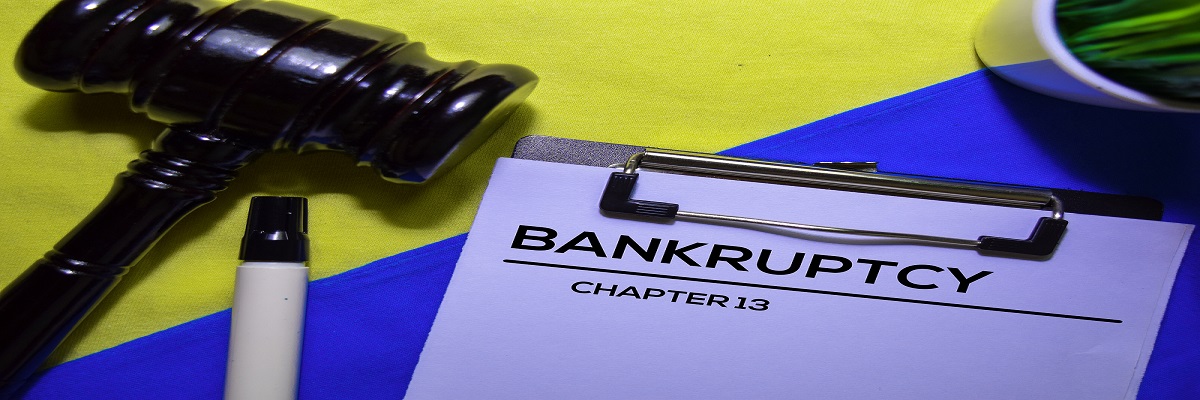Call: 888-297-6203
If you are looking for a way to get rid of your financial debts, you can opt to file for bankruptcy. Chapter 7 bankruptcy allows you to wipe out all your qualifying dates in 4 to 6 months without repaying your creditors. However, this chapter is available to people with very little disposable income. People who earn a significant income and wish to protect their valuable property can file for bankruptcy under chapter 13. In this case, their disposable income is used to pay their creditors throughout a 3- to 5-year repayment plan.
Chapter 13 bankruptcy is meant for individuals and sole proprietors and cannot be used by companies to get rid of their debts. To be eligible for chapter 13 bankruptcy, the secured and unsecured debts cannot exceed a fixed specified amount. If the debt burden is too high, an individual can file under Chapter 11 bankruptcy. Another important criterion for filing under this chapter is to have a steady income used to manage your monthly household obligation and pay the creditors through a repayment plan. Individuals with irregular or too low income will not get approval for their repayment plan from the court.
Chapter 13 Bankruptcy Process
While filing for Chapter 13 bankruptcy, you are required to pay the bankruptcy filing fee and present the mandatory credit counseling education certificate from a US trustee’s office approved agency. You are also required to take a “debtor education” course after filing your case. Chapter 13 bankruptcy case involves a repayment plan proposed to the court and the creditors. The bankruptcy trustee and the creditors have the option to object to your plan. Once changes are made as per everyone’s satisfaction, the court will likely approve of it at the confirmation hearing. You are required to make the monthly payments as per the repayment plan a month after filing your bankruptcy papers.
Since chapter 13 is a reorganization bankruptcy, the debtor’s assets are not liquidated. If the bankruptcy filer wishes to keep their non-exempt property, they must pay an equivalent amount to their unsecured creditors. In the Creditors’ meeting, the repayment plan is discussed, and if there are no objections, the judge confirms the plan.
Debts Paid Through Chapter 13 Repayment Plan
The debts paid through the repayment plan include priority debts like tax obligations, child support, and alimony. Most secured debts such as car loans or mortgages need to be paid if you wish to keep your car or house. If you are behind on payments, you can also include the arrearage in your plan. After paying off priority unsecured debts, any remaining amount is used to pay for your unsecured debts like credit card balance, personal loan, and medical bills. Since these are unsecured debts, it is not essential to fully repay them. You also need to pay for any property you wish to keep but whose value exceeds the exemption amount.
The repayment plan usually lasts for 3 to 5 years. However, if you are unable to make payments as per the plan due to some unforeseen circumstances, there are provisions available. In case of an income decrease, you can modify the amount being paid to unsecured creditors. The court can also let you discharge your debts due to hardship. Filers can also convert to a Chapter 7 bankruptcy if neither of the options mentioned above is feasible. However, in this case, you might end up losing your non-exempt property. Once the repayment plan ends and you have met all the requirements placed by the court, the remaining dischargeable debt gets wiped off. Call 888-297-6203 to know more about bankruptcy discharge in Dallas.

